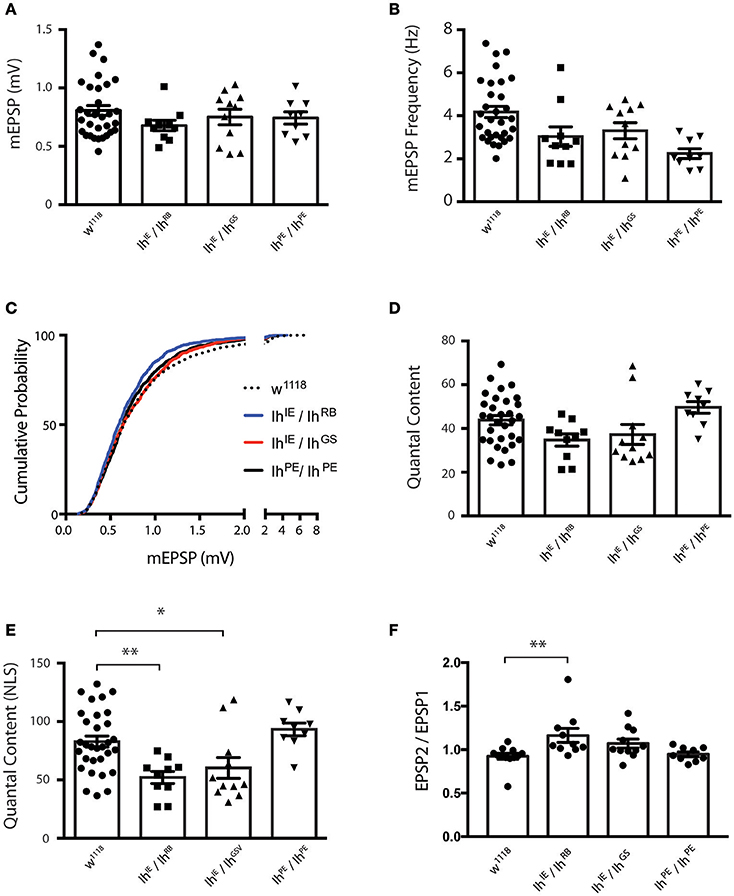Dying To Win Robert Pape Pdf Merge
Publication date 2005 Pages 352 Dying to Win: The Strategic Logic of Suicide Terrorism is 's analysis of from a strategic, social, and psychological point of view. It is based on a database he has compiled at the, where he directs the Chicago Project on Security and Terrorism. The book's conclusions are based on data from 315 suicide terrorism attacks around the world from 1980 through 2003. Of these, 301 were classified into 18 different campaigns by 11 different groups; the remaining 14 appear to have been isolated.

We love to photograph and make high quality documentary style videos of the birds and butterflies of Oklahoma. If you have similar interests, questions, or comments. Robert Pape Dying to Win. Dying to win the strategic logic of terrorism pdf. Dying to Win: The Strategic Logic of Suicide Terrorism. In a criticism of Pape's link between occupation and suicide terrorism, an article titled 'Design, Inference, and the Strategic Logic of Suicide Terrorism' (published in The American Political Science Review), authors Scott Ashworth, Joshua D. Clinton, Adam Meirowitz, and Kristopher W. Ramsay from Princeton charge Pape with 'sampling on the dependent variable' by limiting research only to cases in which suicide terror was used: Pape's analysis has no control group. Super Mario Kart Double Dash Isometric Exercises.
Published in May 2005, Pape's volume has been widely noticed by the press, the public, and policymakers alike, and has earned praise from the likes of, Congressman (R-Texas), and. Dying to Win is divided into three parts, analyzing the strategic, social, and psychological dimension of suicide terrorism. Contents • • • • • • • • • • • • • • • • • • • • • • • • • Detailed synopsis [ ] Introduction [ ] Ch. 1: The Growing Threat [ ] Pape claims to have compiled the world's first 'database of every suicide bombing and attack around the globe from 1980 through 2003—315 attacks in all' (3).
'The data show that there is little connection between suicide terrorism and, or any one of the world's religions. Rather, what nearly all suicide terrorist attacks have in common is a specific secular and strategic goal: to compel modern democracies to withdraw military forces from territory that the terrorists consider to be their homeland' (4). It is important that Americans understand this growing phenomenon (4–7). 2: Explaining Suicide Terrorism [ ] Caveat: the book's conclusions do not hold for in general (8–9).
Championship Swim Training Bill Sweetenham Pdf Merge. Pape distinguishes among demonstrative terrorism, which seeks publicity, destructive terrorism, which seeks to exert coercion through the threat of injury and death as well as to mobilize support, and suicide terrorism, which involves an attacker's actually killing himself or herself along with others, generally as part of a campaign (9–11). Three historical episodes are introduced for purposes of comparison: the ancient Jewish (11–12; see also 33–34), the 11th-12th-century (12–13; see also 34–35), and the Japanese (13; see also 35–37). Pape had graduate students fluent in many languages scour the international press for incidents of suicide terrorism. There was no suicide terrorism from 1945 to 1980 (13–14).
They found 315 incidents, beginning with the (14). They were able to classify all but 14 of the incidents into 18 different campaigns by 10 different organizations of predominantly Muslim, Hindu or Sikh religious persuasion. These included the (July 1990), the (1994), (1995), (1996), (2000), (2000), and the U.S. (2001) (14–15). Five campaigns were still ongoing in early 2004, when Dying to Win was being written (15–16). Traditional explanations for suicide terrorism focus on individual motives, but fail to explain the specificity of suicide terrorism (16–17). Economic explanation of this phenomenon yields 'poor' results (17–19).
Explanation of suicide terrorism as a form of competition between radical groups is dubious (19–20). Pape proposes an alternative explanation of the 'causal logic of suicide terrorism': at the strategic level, suicide terrorism exerts coercive power against democratic states to cease occupation of territory terrorists consider homeland, while at the social level it depends on mass support and at the individual level it is motivated by altruism (20–23). All 18 campaigns shared two elements: (1) a foreign occupation (2) by a democracy. Only one of the 10 groups shared a religion with the occupiers: the in Turkey. Design Of Liquid Retaining Concrete Structures Pdf Free.